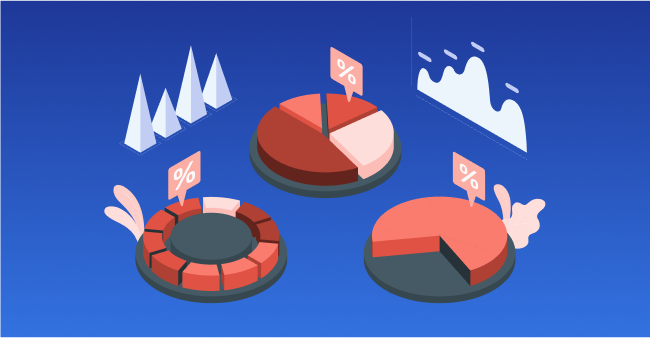Practical Use Cases
What Do UX Designers Do?
Hire UX Designers,
Easier than Ever Before
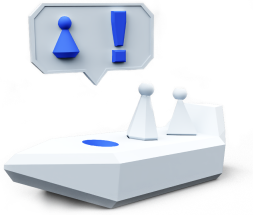
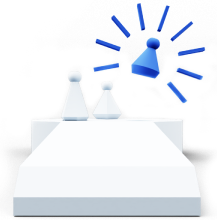
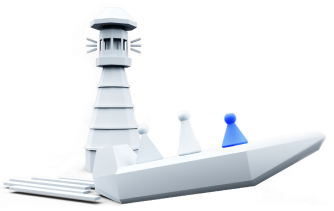
FAQs
What makes UX Designers different?
Is hiring UX Designers through Consultport in less than 48 hours possible?
What does the “no-risk, pay only if satisfied” mean when I search for UX Designers?
Ready to get started?
Companies hire UX designers to research users, audit digital products like websites and apps, create and test prototypes, and direct engineering teams on what features to build or change. Besides helping influence interactive changes to digital products, UX designers also help develop user experience strategies. These strategies consider evolving changes in hardware, software, interactivity expectations, platforms, and consumer trends. As such, they help companies not only cater to current user needs but anticipate and plan for future needs, an essential exercise in an age of digital disruption.
Moreover, UX designers offer crucial insights and support in the following areas:
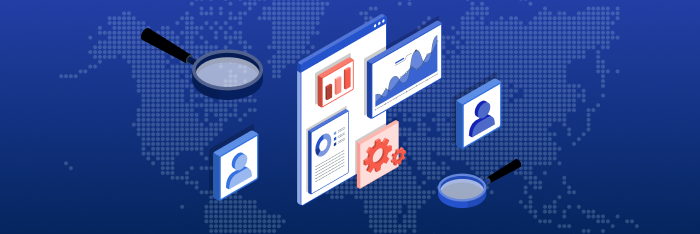
Digital Product Audits and User Data Collection
User experience designers perform ongoing interaction audits to collect data on how customers are using digital products. They use tools like web analytics, heatmaps, feedback widgets, and app analytics to help a company collect real-time interaction data. Additionally, they perform first hand interviews and capture feedback directly from customers. They may also work with professional usability testers who interact with the product as a customer would. From these exercises, they help a company collect detailed data that provides a clear understanding of how customers use their products.
Detailed Customer Persona Development
User experience designers use data collected to help a company create detailed customer personas that outline who the customer is, what their needs are, and what their expectations are. Developed personas also define specific pain points customers have, which are useful in mapping out feature roadmaps. Through well-defined customer personas, companies that hire a UX design agency build better-targeted products and reduce waste associated with building features that target personas would not find useful.
Develop Prototypes and Perform Usability Testing
Using data collected and persona profiles, UX designers help companies identify issues and challenges current features may present to users. This information provides a basis to make assumptions on what changes can positively influence the user experience. UX designers then undertake prototyping and usability testing to experiment with new features, an approach that helps a company develop useful features faster and with less wastage.
Make Holistic Changes to the User Experience
While software developers often address customer interaction challenges one bug at a time, UX designers help companies uncover deep-rooted UX issues like confusing navigation structures. In such cases, quick fixes hardly work. A UX designer, therefore, undertakes a holistic review of the digital product, develops interactive prototypes, and performs usability testing to identify how proposed changes would affect the entire user experience. This approach is especially useful to companies with complex products or large websites where one change can cascade into smaller changes across other parts of the product.
Tips on How to Hire UX Designers
Hiring UX designers introduces transformative insights into a company’s digital product design and development efforts. Companies that work with user experience designers achieve better customer interaction outcomes that translate into greater product stickiness. The process of hiring UX designers involves understanding what they bring to the table and balancing your project needs with their experience and skills. As such, it is essential to evaluate your panel of UX designers based on specific requirements rather than general UX skills. This way, your pick will have the skills needed to get your project up and running quickly and deliver exceptional results faster.

In your user experience designer’s panel, consider filtering your options based on the specific skills and capabilities outlined below:
Expert Design Skills
The best UX designers bring expert design skills useful in creating wireframes and interactive prototypes. Through these skills, they deliver expert-level designs that developers can easily translate into production features. Working with a UX designer with expert design skills also helps speed up the design process because they spend less time designing specific features. Companies that pick such UX designers also achieve better-polished features, exceptional interactive designs, and an overall product that delights customers.
Creative Thinker
Top user experience designers approach UX challenges with a creative mindset. They understand that more features are not always the answer to customer challenges. They balance new features with feature constraints to ensure the ultimate experience does not overwhelm the customer. Companies that pick creative UX designers also solve interaction challenges in unconventional ways that drive user acceptance and grow the user base. Creative UX designers are especially useful when solving complicated UX challenges that have unclear ramifications on the entire product experience.
Profound Research Skills
The best UX designers bring founded research skills that help a company gain a deeper understanding of its customers. Using a mix of research tools like software analytics, surveys, and interviews, UX designers create a comprehensive picture of who the customer is and what their core needs are. Companies that hire UX designers with good research skills tend to have a more robust basis for feature development. They also benefit from an ongoing understanding of evolving customer needs as well as changing consumer dynamics like consumer technology.
Data Analysis and Interpretation
Exceptional UX designers analyze and interpret UX data and translate this information into design decisions. They understand how different data points map onto the user experience blueprint and how to identify any discrepancies or mismatches. Data-savvy UX designers are also adept at using data to create customer segments, which is useful in determining how each segment uses specific features. Working with a UX designer with good data analysis skills is especially helpful for products that generate substantial data that requires parsing and interpretation.
Aware of UX Trends
Top UX design agencies have a keen awareness of UX trends, including multi-platform integration, organization-wide UX design, community-focused UX design, and Ai-assisted audits and usability testing. Working with forward-thinking UX designers ensures a company is not just designing for current use cases, but also anticipating future scenarios. Hiring a UX designer who can help you to anticipate and respond to UX trends is especially useful in an age of numerous upstart alternatives that customers can quickly switch to because of a better user experience.
Business Perspective
The best UX designers appreciate how design intersects with business objectives. They understand that features must be developed to achieve overarching business objectives, including growing the user base, improving retention, and increasing revenues. As such, the best UX designers bring a broad and inclusive perspective to the UX design process. Besides collecting customer data, they loop in other departments and collect data from partners, suppliers, and vendors to understand the entire product ecosystem. From this understanding, they help companies design and build products that thrive across the entire product value chain.
Trending Articles







